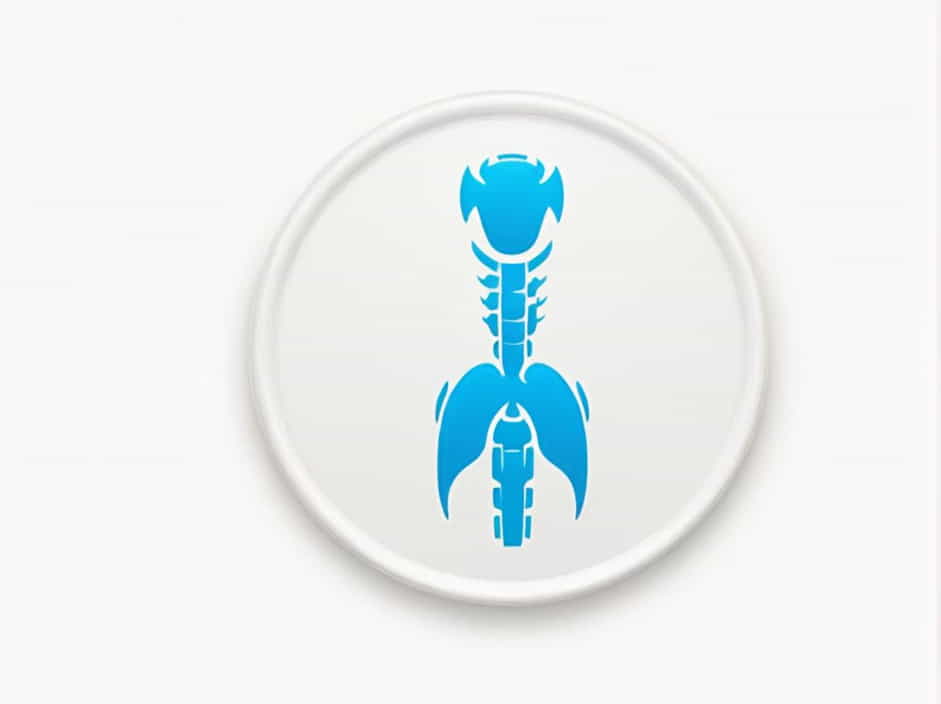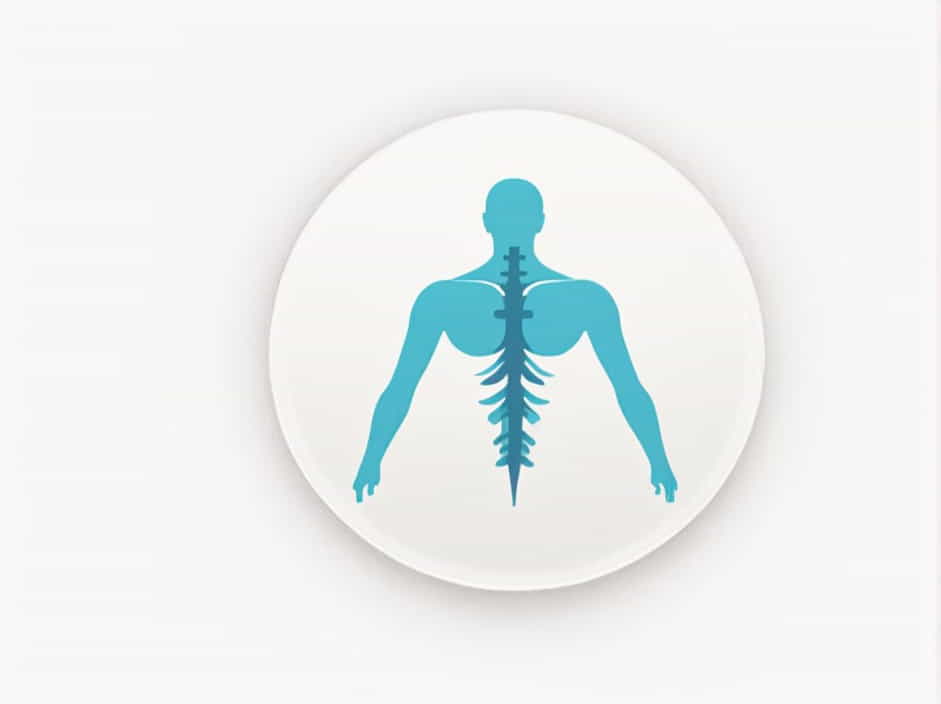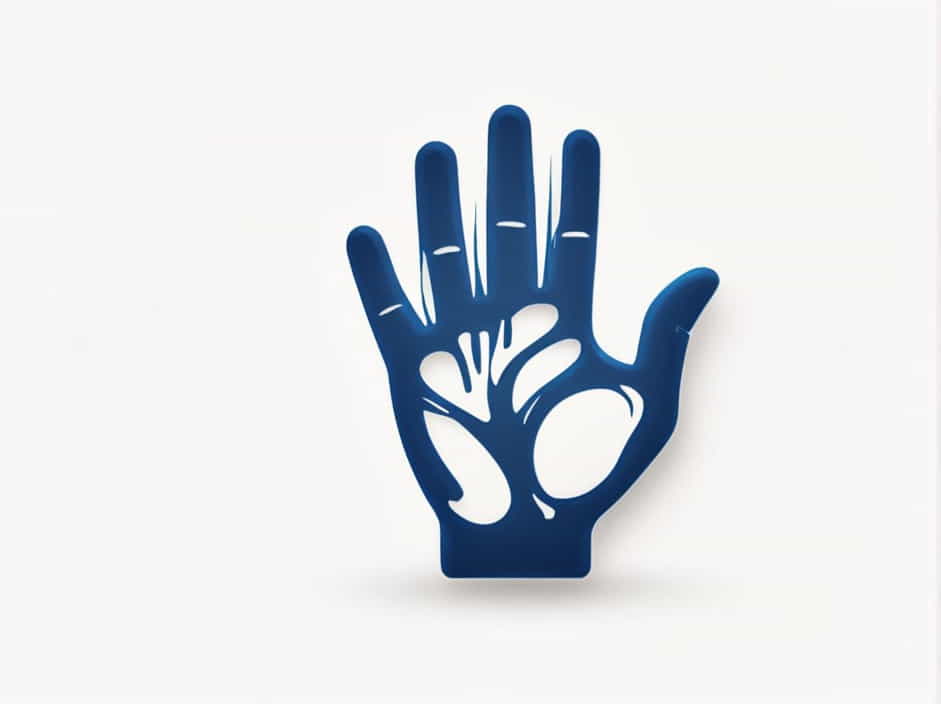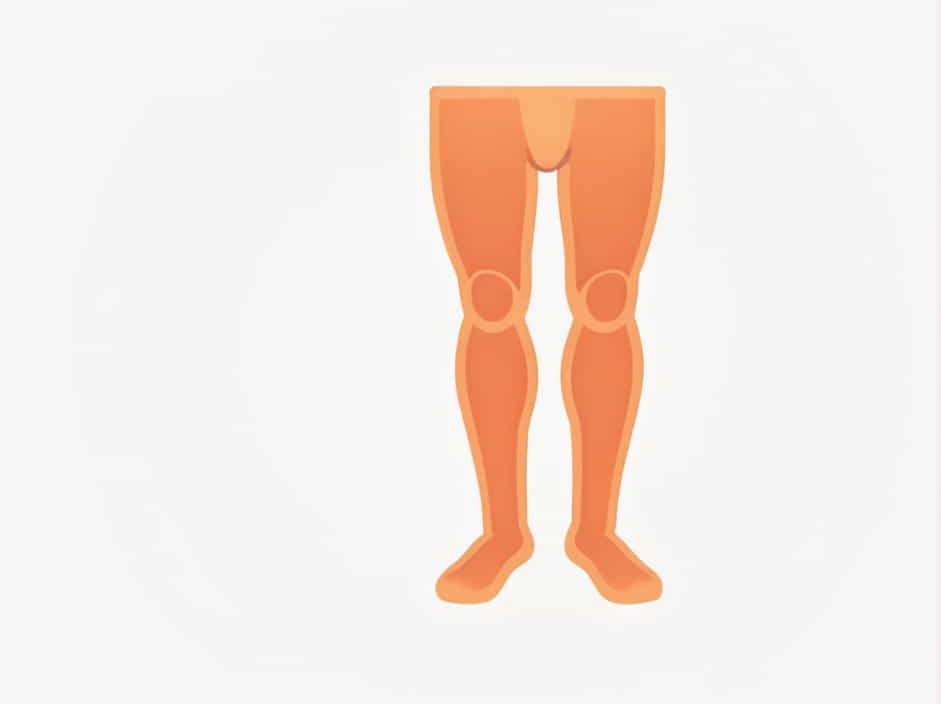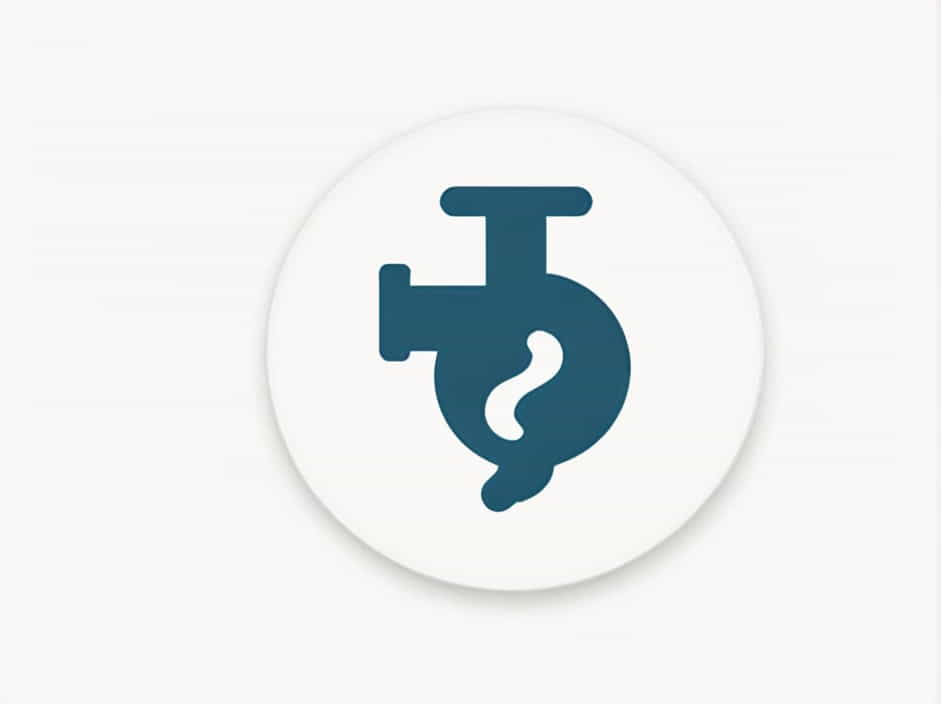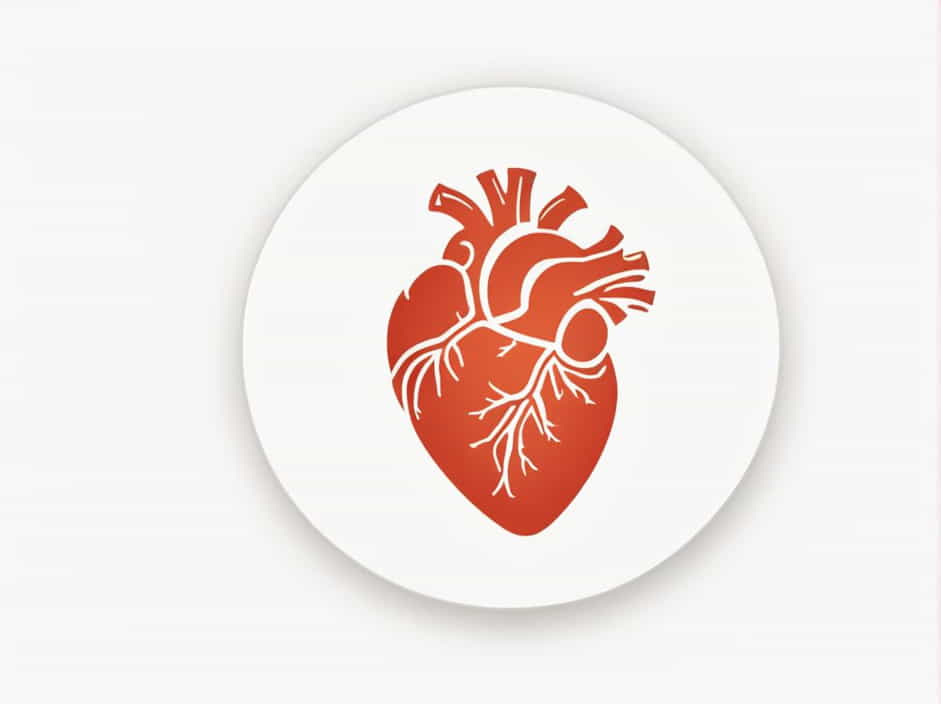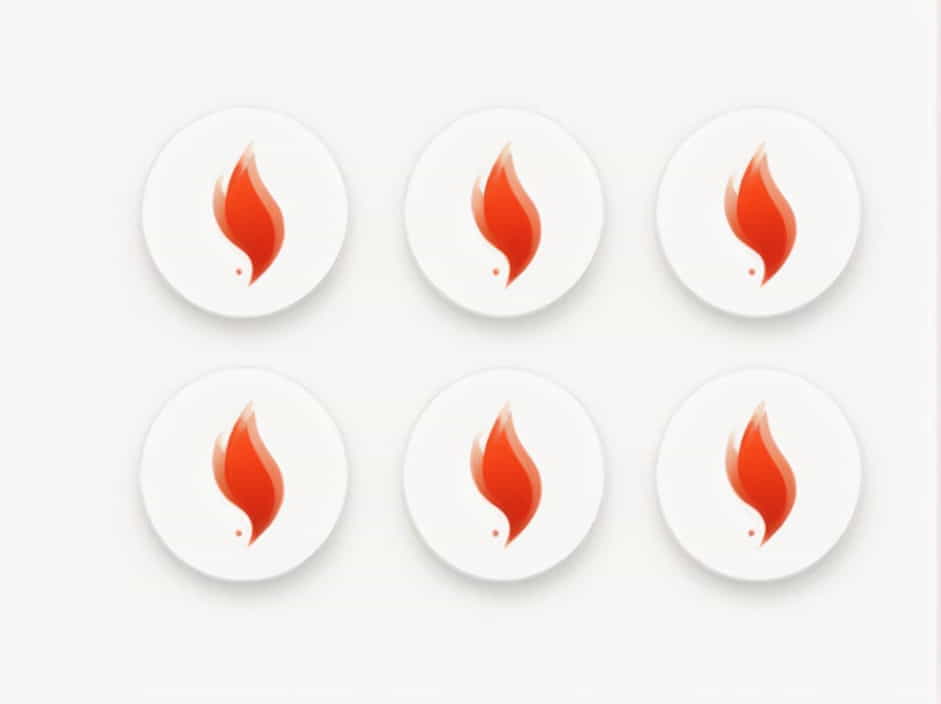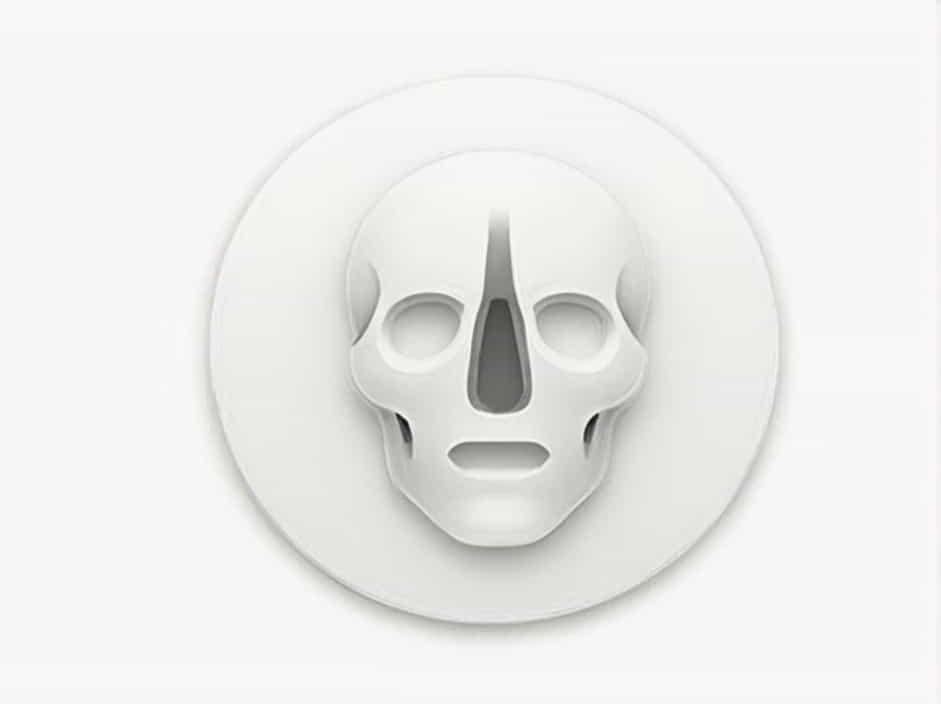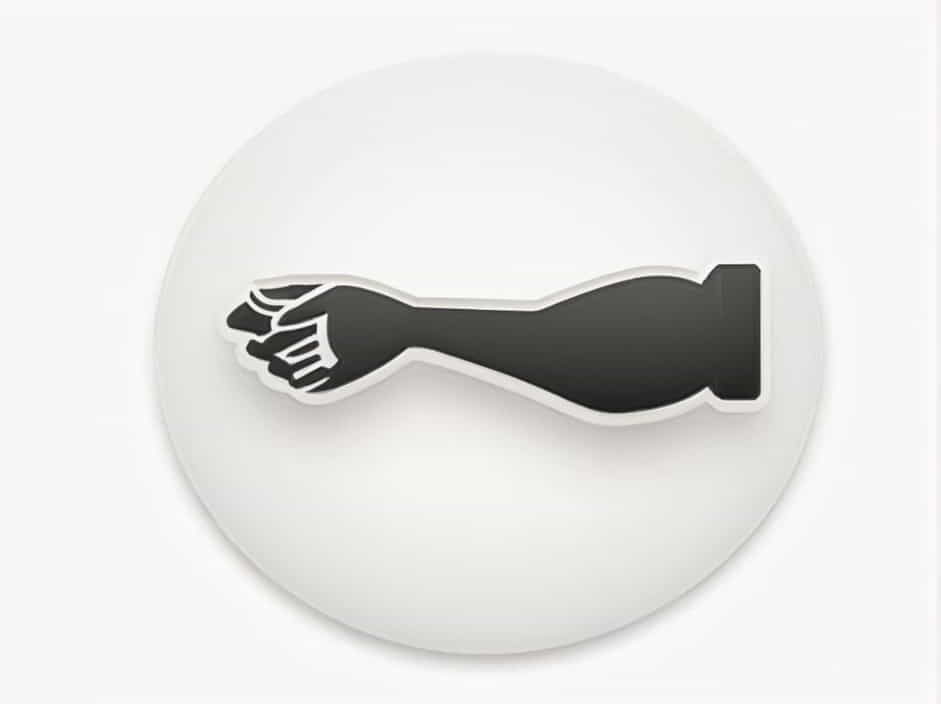Vertebral Level Of Esophageal Opening In Diaphragm
The human body’s anatomy is a complex network of interconnected systems, each working harmoniously to ensure proper functioning. One important structure that plays a key role in digestion and respiration is the diaphragm. Among the various openings in the diaphragm, the esophageal opening holds particular significance. Located at a precise vertebral level, it allows the … Read more
